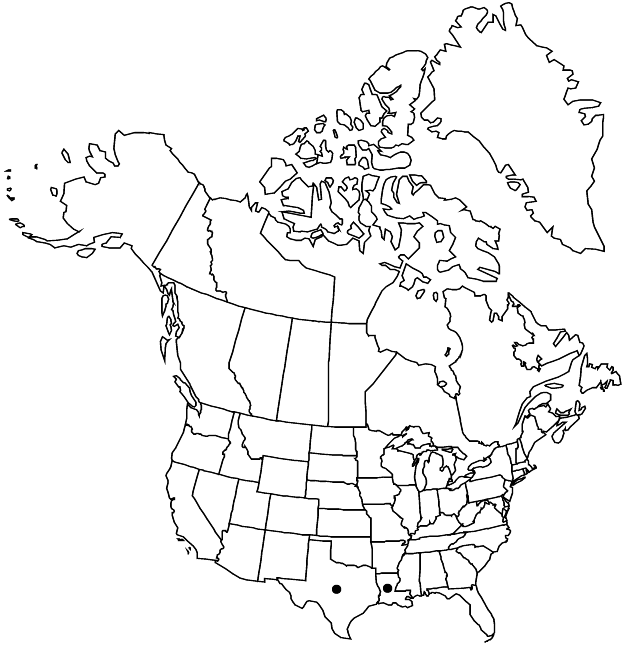Rumex chrysocarpus
Mem. Reale Accad. Sci. Torino 38: 46. 1835.
Plants perennial, glabrous, with vertical rootstock. Stems ascending or erect, usually producing axillary shoots below 1st-order inflorescence or at proximal nodes, 40–60 (–80) cm. Leaf-blades deep olive green, with strongly prominent veins abaxially, linear-lanceolate, occasionally lanceolate, 5–12 × 1.5–4 cm, usually ca. 3.5–5 times as long as wide, widest near or below middle, thick, coriaceous, base cuneate or rounded-cuneate, margins entire to crenulate, undulate or crisped, flat, apex subobtuse or broadly acute. Inflorescences terminal and axillary, terminal usually occupying distal 1/3 of stem, lax, interrupted almost to top, usually broadly paniculate (branches simple or nearly so). Pedicels articulated in proximal 1/3 or almost near middle, filiform or slightly thickened, especially distally 3–6 (–7) mm, not more than 2–2.5 times as long as inner tepals, articulation indistinctly swollen. Flowers 5–15 in whorls; inner tepals orbiculate, ovate-deltoid, or ovate-triangular, 3.5–4.5 (–5) × 3–4 (–4.5) mm, base truncate or rarely indistinctly cordate, margins entire, apex subacute; tubercles 3, equal or subequal, much narrower than inner tepals, free margins of inner tepals wider than or at least as wide as tubercle, verrucose to subglabrous. Achenes brown or dark reddish-brown, 2.5–3 × 1.5–2 mm. 2n = 20.
Phenology: Flowering spring–summer.
Habitat: Swamps, marshes, shores, wet alluvial forests
Elevation: 0-200 m
Distribution

La., Tex., ne Mexico (Tamaulipas)
Discussion
The name Rumex floridanus was misapplied (in part) to this species by W. D. Trelease (1892) and other North American authors. Rumex chrysocarpus is distinctive and rarely confused with other species of the R. salicifolius aggregate.
Selected References
None.
Lower Taxa
"/2" is not declared as a valid unit of measurement for this property."+-2.5timesaslongasinnertepals" is not declared as a valid unit of measurement for this property.